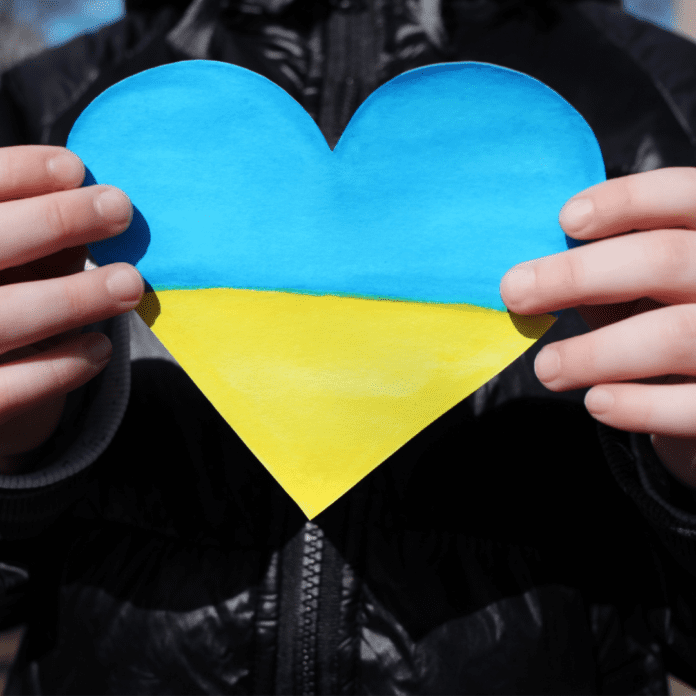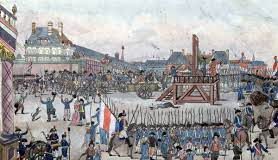The Russo-Ukrainian War is an ongoing war between Russia (together with pro-Russian separatist forces) and Ukraine. It began in February 2014 following the Ukrainian Revolution of Dignity, and initially focused on the status of Crimea and the Donbas, internationally recognised as part of Ukraine. The first eight years of the conflict included the Russian annexation of Crimea (2014) and the war in Donbas (2014–present) between Ukraine and Russian-backed separatists, as well as naval incidents, cyberwarfare, and political tensions. Following a Russian military build-up on the Russia–Ukraine border from late 2021, the conflict expanded significantly when Russia launched a full-scale invasion of Ukraine on 24 February 2022.
Till date, thousands have been brutally wounded and inhumanly killed. Why War? Russia–Ukraine relations are the bilateral ties between the Russian Federation and Ukraine. Following the Ukrainian Revolution of Dignity in 2014, Ukraine’s Crimean Peninsula was occupied by the unmarked Russian forces, and later annexed by Russia, while pro-Russia separatists simultaneously engaged the Ukrainian military in an armed conflict for control over eastern Ukraine; these events marked the very beginning of the Russo-Ukrainian War. In a major escalation of the conflict on 24 February 2022, Russia launched a full-scale invasion of the Ukrainian mainland across a broad front, causing Ukraine to sever all formal diplomatic ties with Russia. The a forged war has caused may to lose their lives and families. Fear in peoples eyes: On 24 February 2022, Russia invaded Ukraine, marking a steep escalation of the Russo-Ukrainian War, which had begun in 2014.
The invasion has caused Europe’s fastest-growing refugee crisis since World War II, with more than 6.7 million Ukrainians fleeing the country and a third of the population displaced. What happened? In March and April 2021, Russian Armed Forces began massing thousands of personnel and military equipment near Russia’s border with Ukraine and in Crimea, representing the largest mobilization since the annexation of Crimea in 2014.This precipitated an international crisis due to concerns over a potential invasion.
Satellite imagery showed movements of armour, missiles, and heavy weaponry. The troops were partially withdrawn by June 2021, though the infrastructure was left in place. A second build-up began in October 2021, this time with more soldiers and with deployments on new fronts; by December over 100,000 Russian troops were massed around Ukraine on three sides. Despite the Russian military build-ups, Russian officials from November 2021 to 20 February 2022 repeatedly denied that Russia had plans to invade Ukraine.
The crisis was related to the ongoing War in Donbas, itself part of the Russo-Ukrainian War, ongoing since 2014. In December 2021, Russia advanced two draft treaties that contained requests for what it referred to as “security guarantees”, including a legally binding promise that Ukraine would not join the North Atlantic Treaty Organization (NATO) and a reduction in NATO troops and materiel stationed in Eastern Europe, and threatened unspecified military response if those demands were not met in full. NATO rejected these requests, and the United States warned Russia of “swift and severe” economic sanctions should it further invade Ukraine.
The crisis was described by many commentators as one of the most intense in Europe since the Cold War. International affairs analyst Fiona Hill later commented on 28 February 2022 Russia’s invasion of Ukraine was another sign that World War III was already underway. On 21 February 2022, Russia officially recognized the two breakaway regions in eastern Ukraine, the Donetsk People’s Republic and the Luhansk People’s Republic, as independent states,and deployed troops to Donbas, in a move interpreted as Russia’s effective withdrawal from the Minsk Protocol. The breakaway republics were recognized in the boundaries of their respective Ukrainian oblasts, which extend far beyond the line of contact. On 22 February, Putin said that the Minsk agreements were no longer valid.
On the same day, the Federation Council unanimously authorised the use of military force in the territories. On the morning of 24 February, Putin announced that Russia was initiating a “special military operation” in the Donbas, and launched a full-scale invasion into Ukraine. The present situation is still very alarming. Russia’s massive assault on an independent Ukraine menaces not only Eastern Europe, but the thorough human effort, since World War II, to build global peace through the international rule and regulations of law. USIP provides analysis and support for policies that can help sustain the democracy, dialogue and diplomacy that will be required to ultimately defeat this harsh threat.
The reverberating effects of Putin’s assault on Ukraine are already being felt across the globe — raising concerns about what Russia’s propensity for aggression will be going forward. USIP experts examine how the invasion of Ukraine might have shifted Moscow’s decision-making in other parts of the world. THE WAR IS STILL GOING ON, THE HATRED STILL EXITS AND THE DEATHS ARE ALSO MAGNIFYING…










